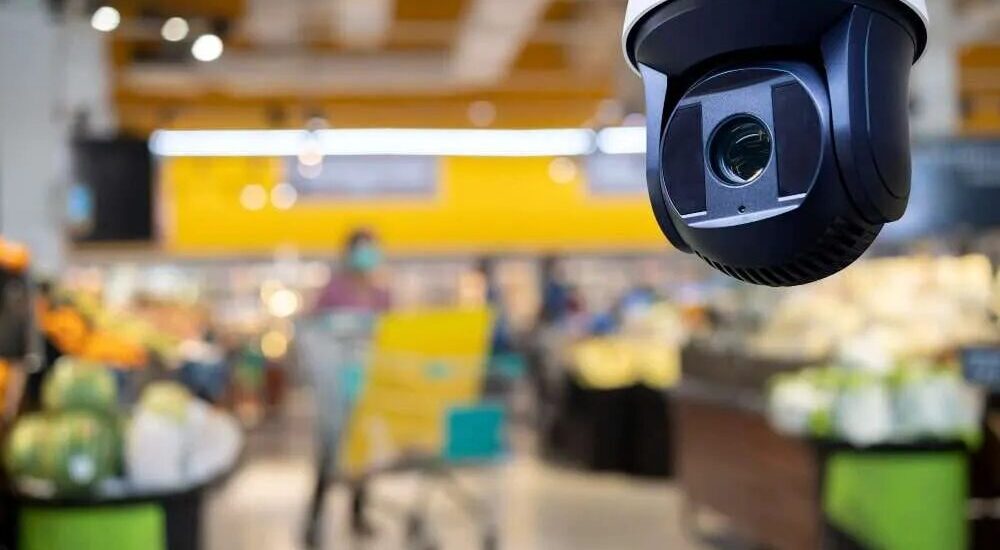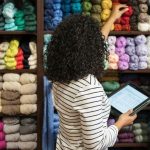- March 29, 2024
- Posted by: simba001
- Category: Retail POS Insights

Preventing shoplifting and theft is a significant concern for retailers, but there are several strategies you can implement to reduce the risk of theft in your store. Here are some effective ways to prevent shoplifting and safeguard your business.
What’s Retail Theft
Retail theft, often called shoplifting, is a prevalent issue affecting businesses of all sizes. It can lead to significant financial losses, increased consumer prices, and even harm a store’s reputation. This guide will explore practical strategies to prevent retail theft in stores. By understanding the scope of the problem and implementing preventive measures, retailers can protect their assets and create a safer shopping environment for customers.
Retail theft, often called shoplifting, is a prevalent issue affecting businesses of all sizes.
Staff / Employee Training and Vigilance
One of the most critical aspects of preventing retail theft is ensuring that your staff is well-trained and vigilant. Employees should be able to recognize suspicious behaviour and respond appropriately. Here are some critical steps to consider:
Training Programs:
Develop comprehensive training programs that educate employees on shoplifters’ various tactics and how to respond.
Customer Service:
Encourage staff to engage with customers, as attentive customer service can deter potential thieves.
Loss Prevention Team:
Consider having a dedicated loss prevention team that monitors security cameras and apprehends shoplifters when necessary.
Enforcing and Implementing Security Measures
Investing in security measures can significantly reduce the risk of theft. Consider the following strategies:
Surveillance Cameras:
Install high-quality cameras throughout the store, especially in high-risk areas.
Alarms and EAS Systems:
Use electronic article surveillance (EAS) systems to tag high-value items and install alarms at exits.
Mirrors and Adequate Lighting:
Use mirrors and proper lighting to eliminate blind spots and make it difficult for shoplifters to hide.
Access Control:
Limit access to stockrooms and employee-only areas to authorized personnel.
Product Placement and Layout of Store
The layout and organization of your store can influence theft rates. Here’s how to optimize your store to prevent theft:
Open Sightlines:
Arrange shelves and displays to create open sightlines, allowing employees to monitor the store effectively.
High-Risk Areas:
Identify high-risk areas where theft is more likely to occur and allocate extra resources to those sections.
Valuable Items:
Place high-value items in locked display cases or closer to the checkout counter.
Aisle Width:
Maintain wide aisles to deter theft, making it difficult for shoplifters to conceal stolen items.
Customer Engagement and Anti-Theft Signage
Engaging with customers and displaying anti-theft signage can strongly convey that your store takes security seriously. Consider the following:
Greet Customers:
Welcome customers as they enter the store to let them know you are attentive.
Signage:
Place visible signs throughout the store indicating that security measures are in place and shoplifters will be prosecuted.
Awareness Campaigns:
Launch awareness campaigns in your store and on social media to educate customers about the consequences of theft.
Conclusion
Preventing retail theft in stores requires a multi-faceted approach that includes employee training, security measures, store layout optimization, and engaging with customers. By implementing these strategies, retailers can create a safer shopping environment, protect their assets, and minimize the negative impact of theft on their business. Remember, proactive prevention is the key to success in this ongoing battle against retail theft.
At SimbaPOS, we provide a Reliable, Affordable and Easy To Use Point of Sale System For Retail & Restaurant/Bar Business. Contact us today on 0700 001779 or Check Out Our POS Packages





